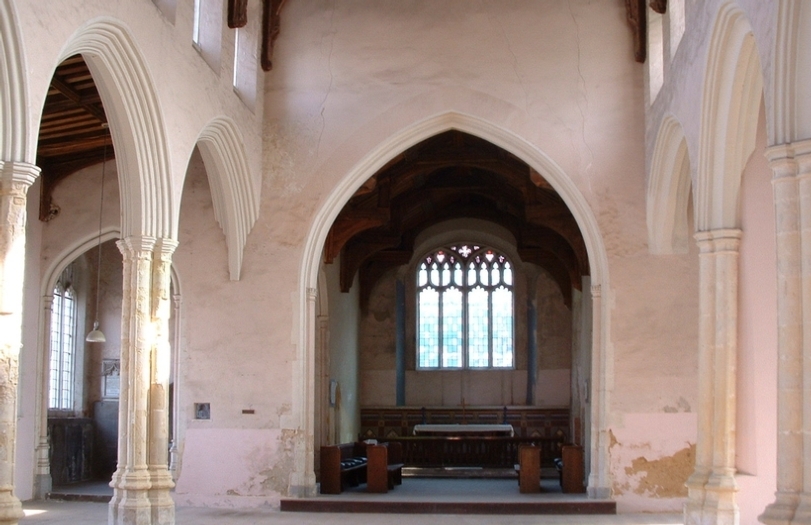Insight into an excavation
The Church of St Mary-at-the-Quay, Ipswich, opened its doors to the public on Friday 14th and Saturday 15th February for a rare glimpse into the work that is being undertaken by a team of archaeologists there. As part of a project to turn the site into a heritage and well-being centre with partners, Suffolk Mind, a modern extension is being built onto the church which will house complimentary therapies, performance and business spaces.
Before any work can begin the site must be excavated of burials and it was at a very interesting phase of the archaeological work that the open day was held. Archaeologists from NPS, who are carrying out the work, were on hand to talk to visitors about what they have found and what this tells us about the history of the area. Some burials had already been excavated, but many of the bones were left in situ for the visitors to see before the excavation continues down to lower levels. Human burials like this are often encountered during necessary church yard alterations: remains are gathered and stored respectfully, to receive Christian reburial in an appropriate location once work is complete.
Inside the church, another member of NPS had a fascinating display of artefacts also discovered during the dig. These included broken parts of clay pipes (thought to have been dropped by grave-diggers), a perfectly-preserved glass bottle and shards of local pottery called ‘Ipswich Ware’ which dates to around 650 -850 AD. These, along with some prehistoric worked flints, show that the site was inhabited long before the church was built. Some of the most interesting finds were the coins: these included some medieval ‘jetton’ coins, a farthing with the date 1670 and a tiny Roman ‘minim’ from the 3rd – 4th century AD.
Children from two local schools attended on one of the days and were absolutely fascinated by the bones and the artefacts on show – one pupil was heard commenting that the flints were ‘used by cavemen!’ Visitors also had fun with a demonstration of traditional rope-making with an expert on knots and sailors rope work, as well as a display from Ipswich Maritime Trust.

